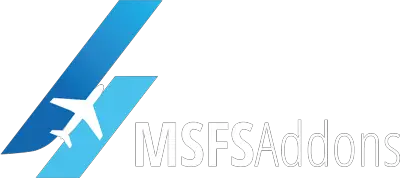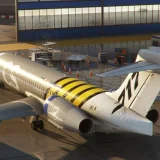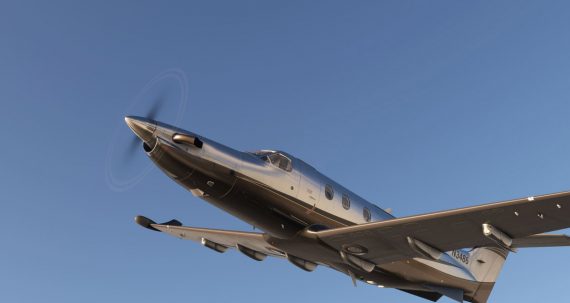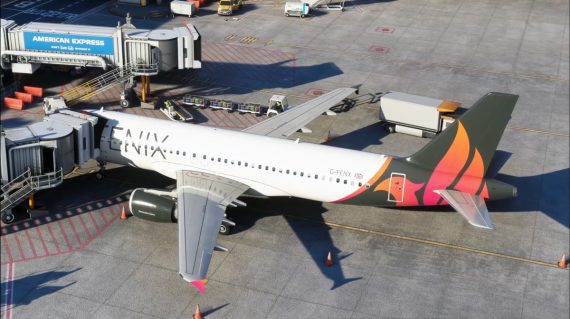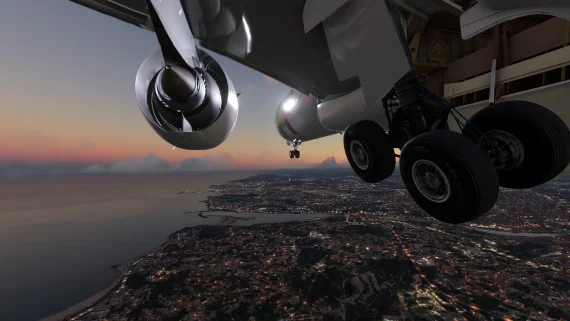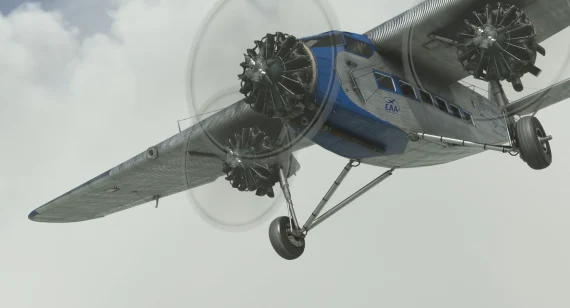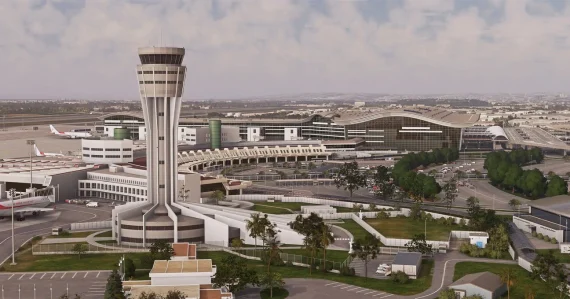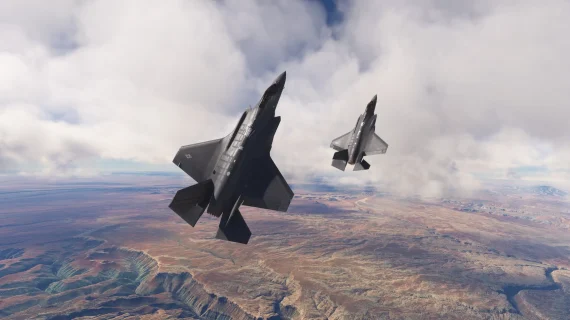Watch this exclusive look into the LSAS system of the TFDi Design MD-11
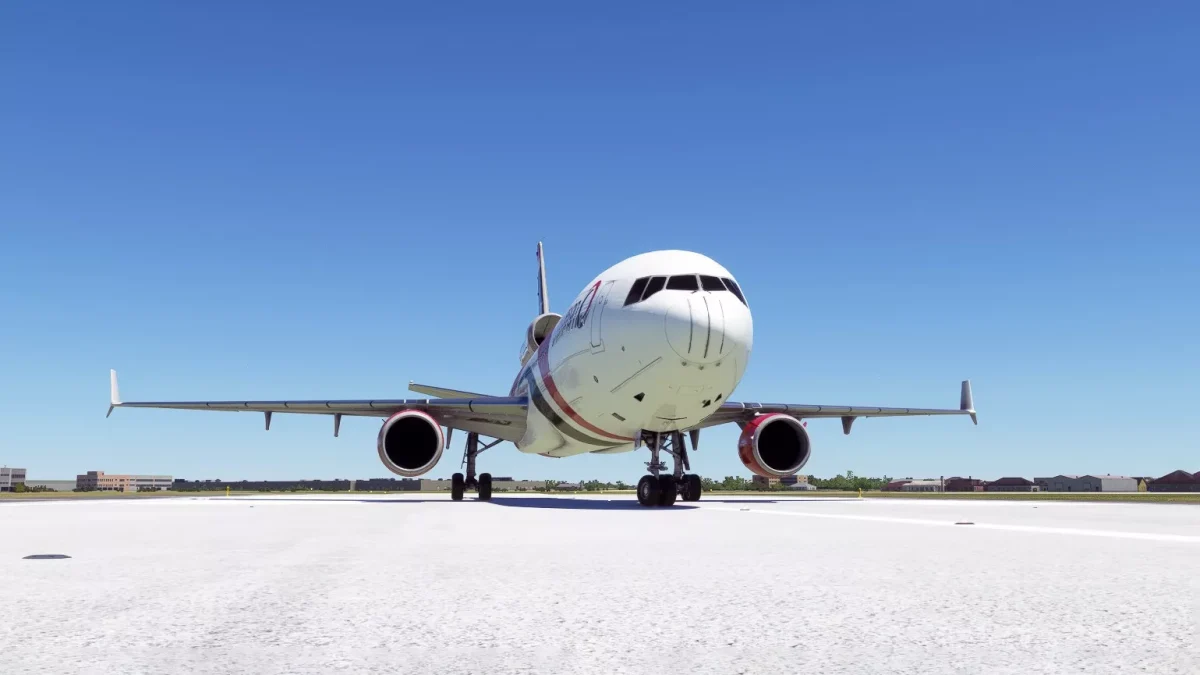
TFDi Design is quickly approaching the day of its planned release of the MD-11 Collector’s Edition, which is the first time the aircraft will be available to the public, exclusively for those who invested in the project early on. Leading up to this launch on October 16th, we’re starting to see the MD-11 showing up in the wild, in the hands of a few lucky ones who have had access to the current version of the airplane, and start sharing their thoughts with the world.
The first of these early previews comes from Captain Mac, who took to his YouTube channel to offer an exclusive, in-depth look at TFDi Design’s upcoming MD-11. While the project is still in development, the video is a treasure trove of information, providing a comprehensive overview of the aircraft’s Longitudinal Stability Augmentation System (LSAS), among other features.
Captain Mac was quick to emphasize that the version of the MD-11 he was flying was still in development, meaning that not all features were fully functional. However, TFDi Design had granted him unprecedented access to the aircraft to showcase the depth of the systems they’ve modeled. This is no beta or alpha release; it’s a working, in-development version that has not yet been released to the public. Despite some minor glitches, like buttons that don’t yet work as they should, TFDi Design is fully aware of these issues and has plans in place to address them.
The focus of Captain Mac’s video was the LSAS, a system that enhances the aircraft’s stability and safety. He explains that the MD-11 had some stability issues due to its smaller horizontal stabilizer. The LSAS was developed to address these issues, and according to Captain Mac, TFDi Design has done an “amazing job” replicating this complex system. They had to code it from scratch, testing and retesting to get it just right. The LSAS provides a range of features, including pitch attitude hold, automatic pitch trim, pitch attitude limiting, pitch rate dampening, speed protection, and stall protection.
Captain Mac demonstrated several of these features, starting with the pitch attitude hold and automatic pitch trim. With the autopilot off, the LSAS effectively held the aircraft at a specific pitch attitude, adjusting the elevators and even the horizontal stabilizer to maintain that attitude. This was true whether the aircraft was climbing, descending, or flying level.
Next, he explored the pitch attitude limiting feature, which prevents the aircraft from exceeding a pitch attitude of 30 degrees nose up or 10 degrees nose down. The LSAS automatically adjusts the aircraft’s pitch to stay within these limits, enhancing safety.
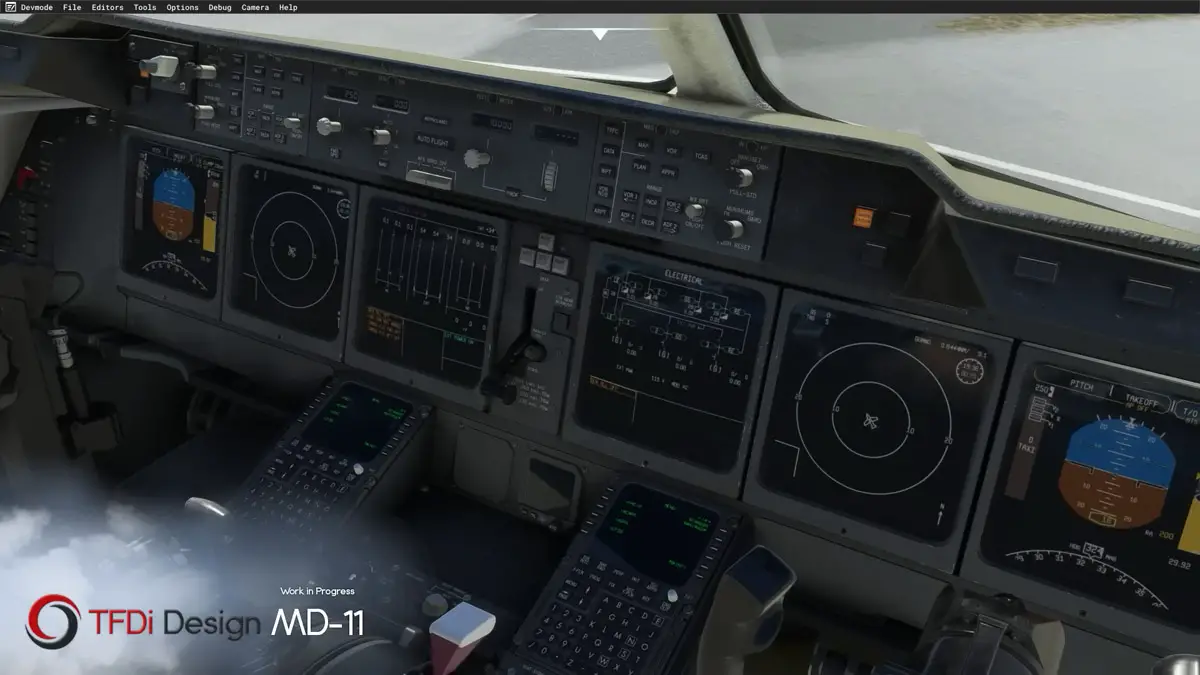
Speed protection was another highlight. If the aircraft approaches an overspeed condition, the LSAS will first reduce thrust to bring the speed down. If that’s not sufficient, it will adjust the aircraft’s pitch to further reduce speed. On the flip side, if the aircraft is at risk of stalling, the LSAS will increase thrust and, if necessary, lower the nose to gain speed.
While Captain Mac couldn’t cover every feature due to the aircraft’s in-development status, he was thoroughly impressed with what he saw. The LSAS in TFDi Design’s MD-11 functioned consistently and accurately, a testament to the company’s commitment to creating a highly detailed and realistic simulation.
In the end, TFDi’s MD-11 displays a high level of realism already evident in this in-development version, so we have good reasons to be excited about this project. With the initial release scheduled for October 16, it won’t take long for us to find out!
